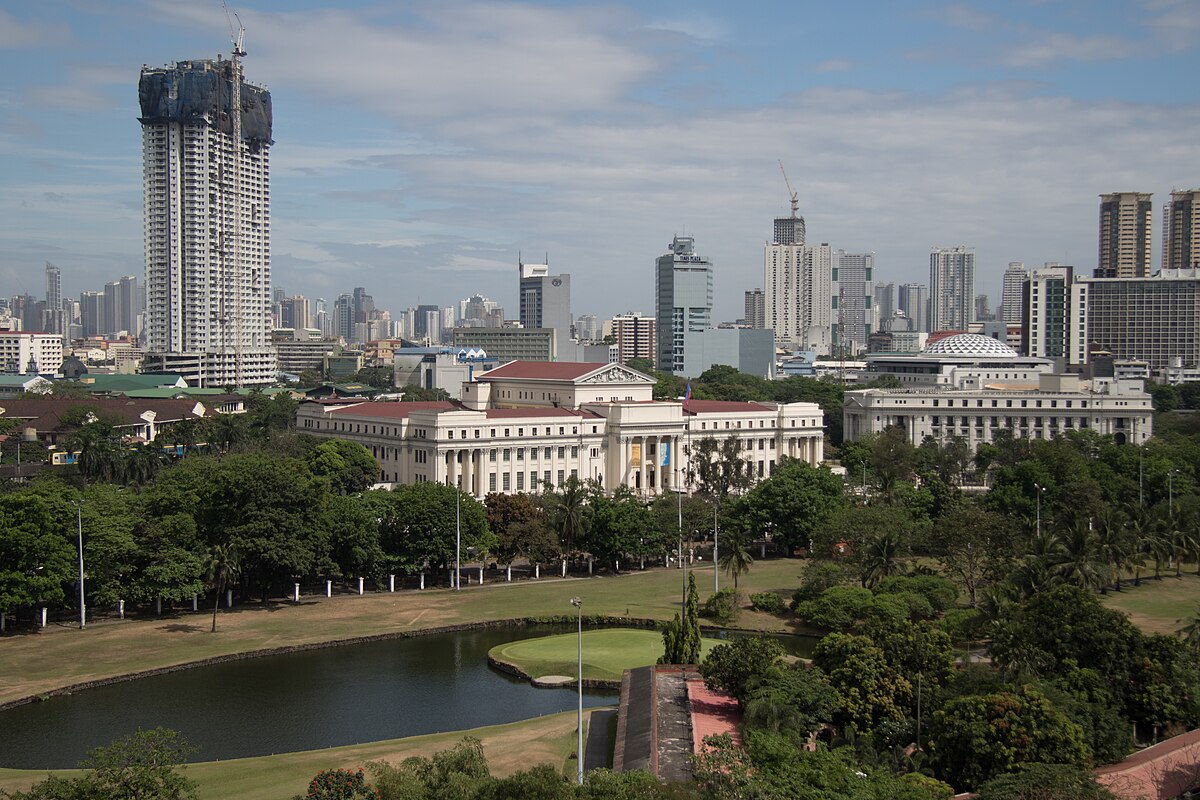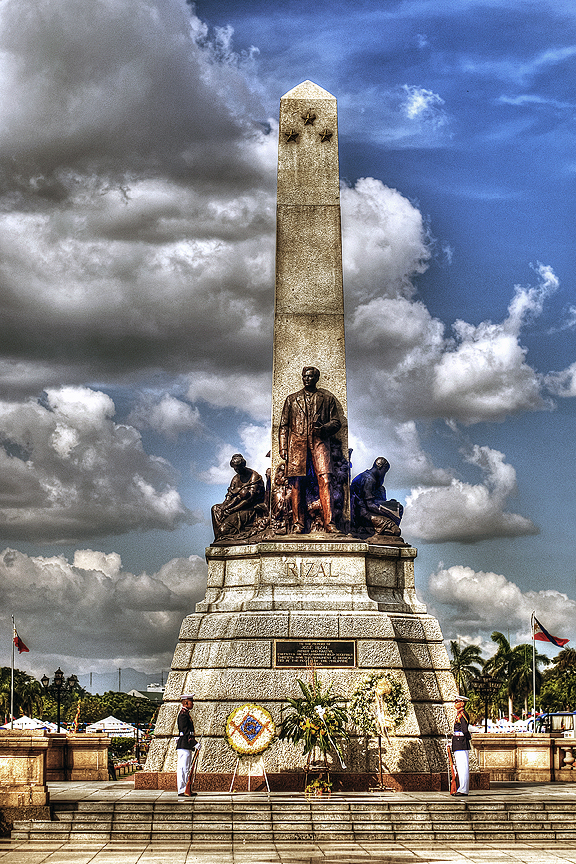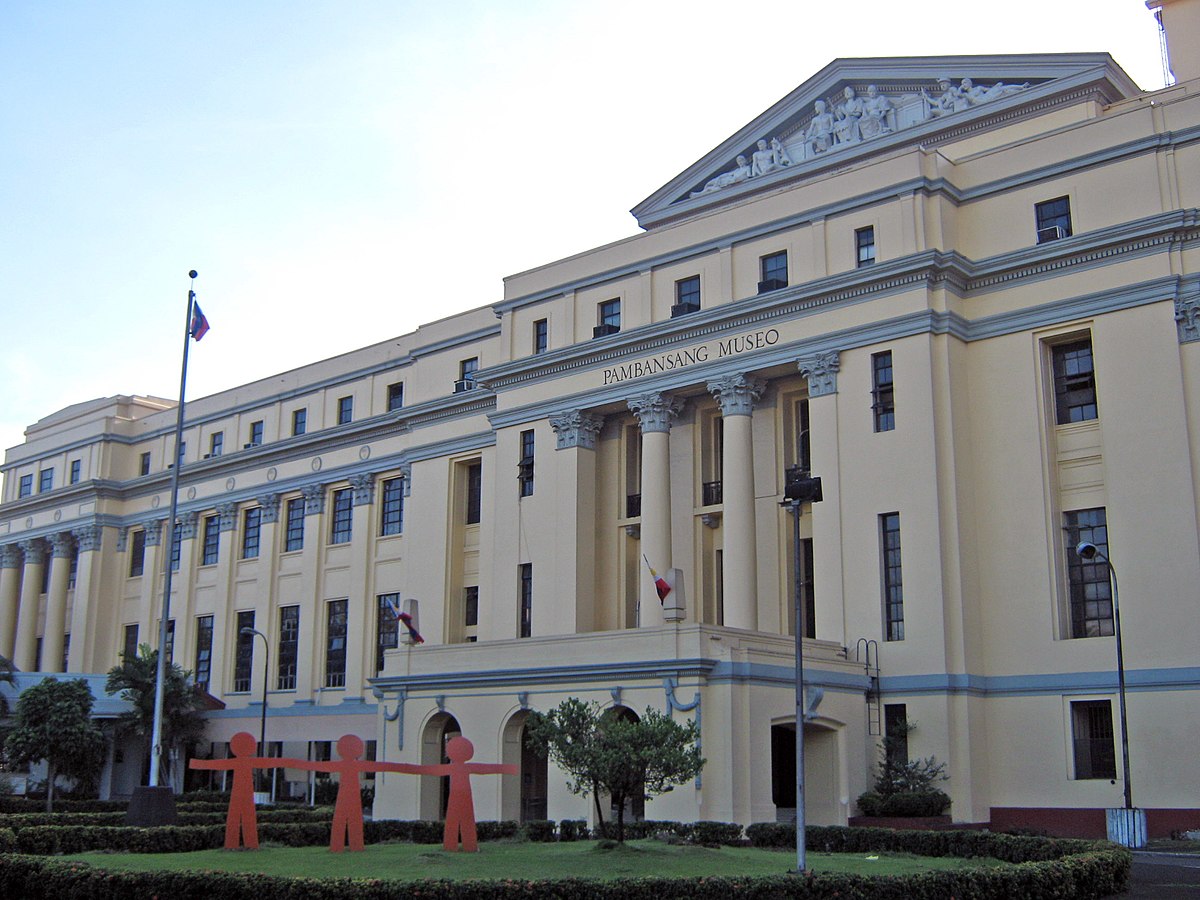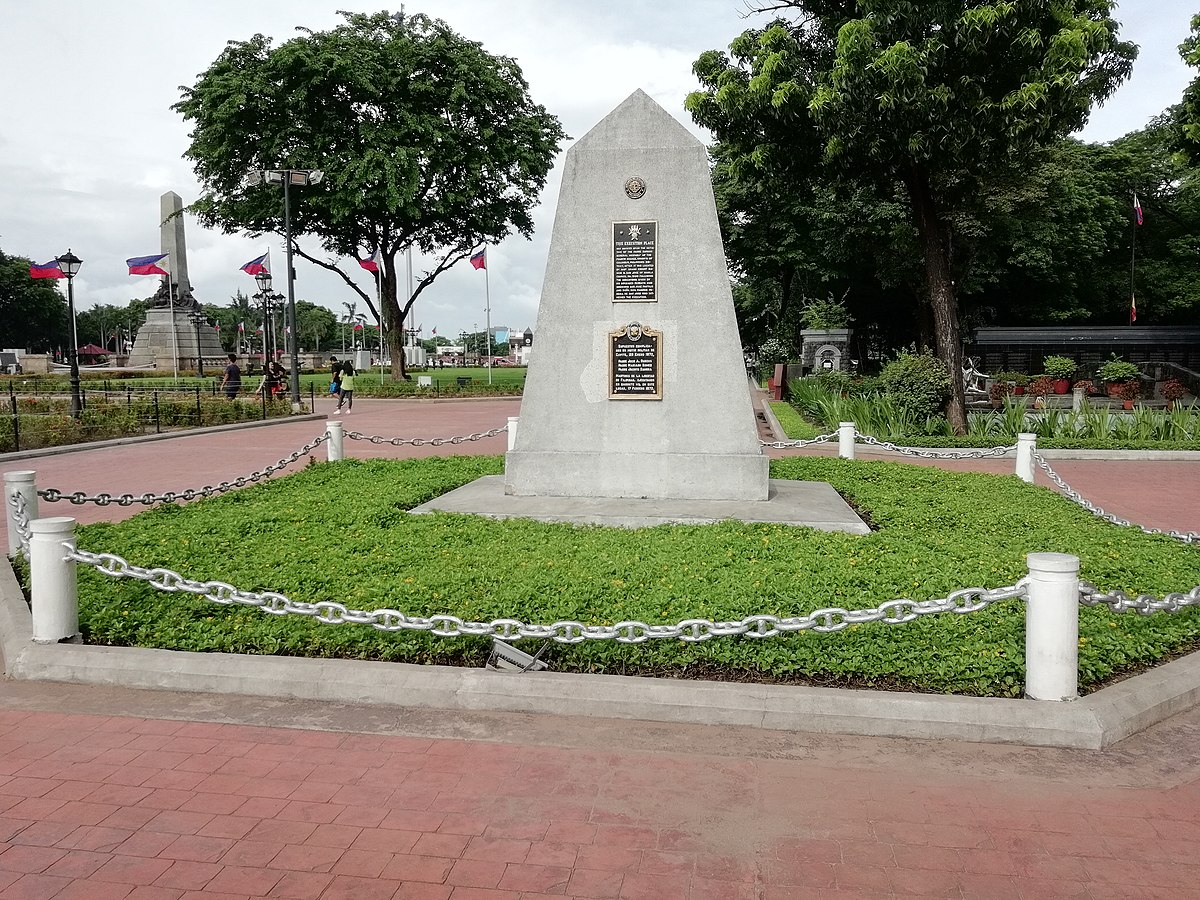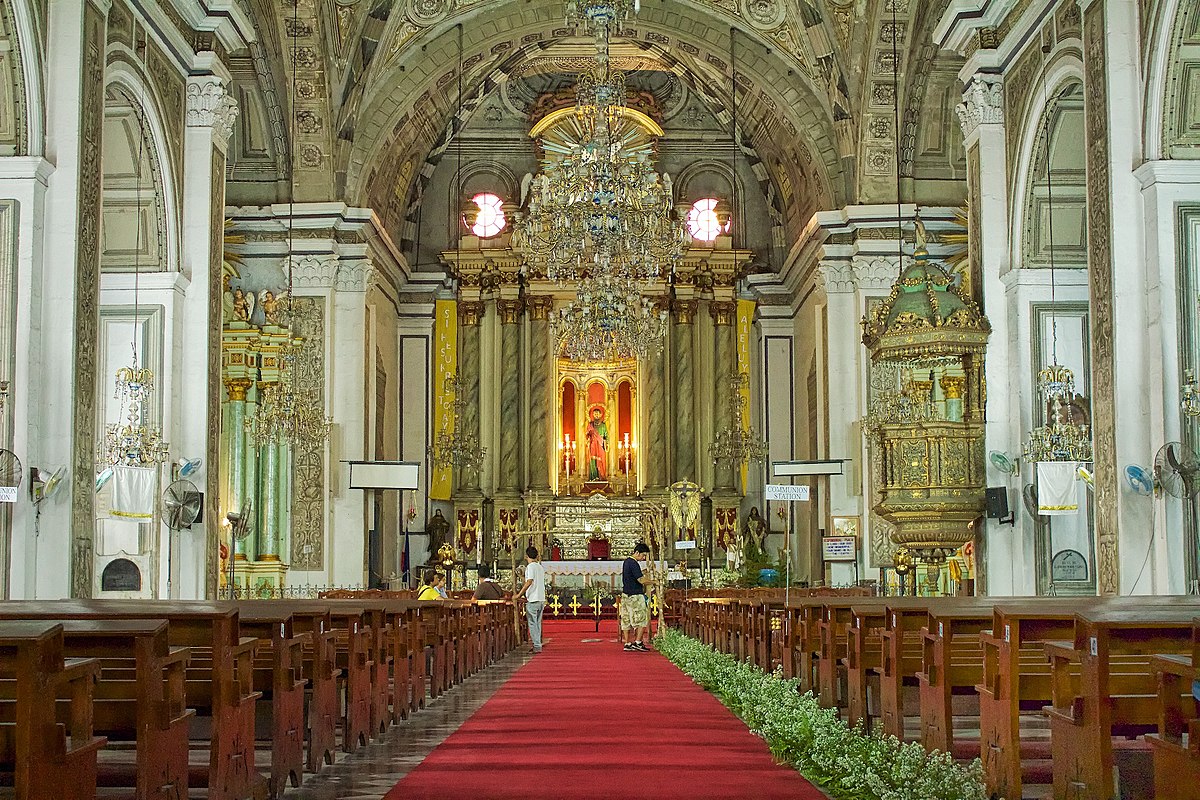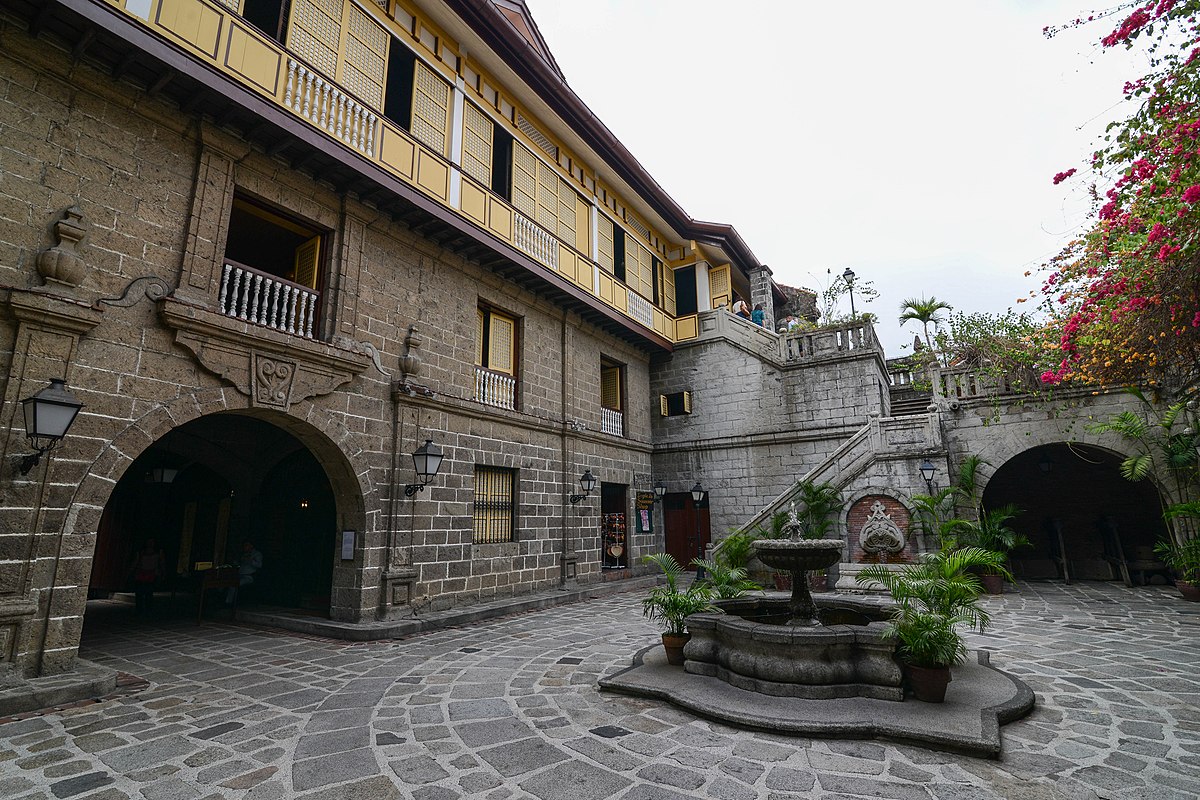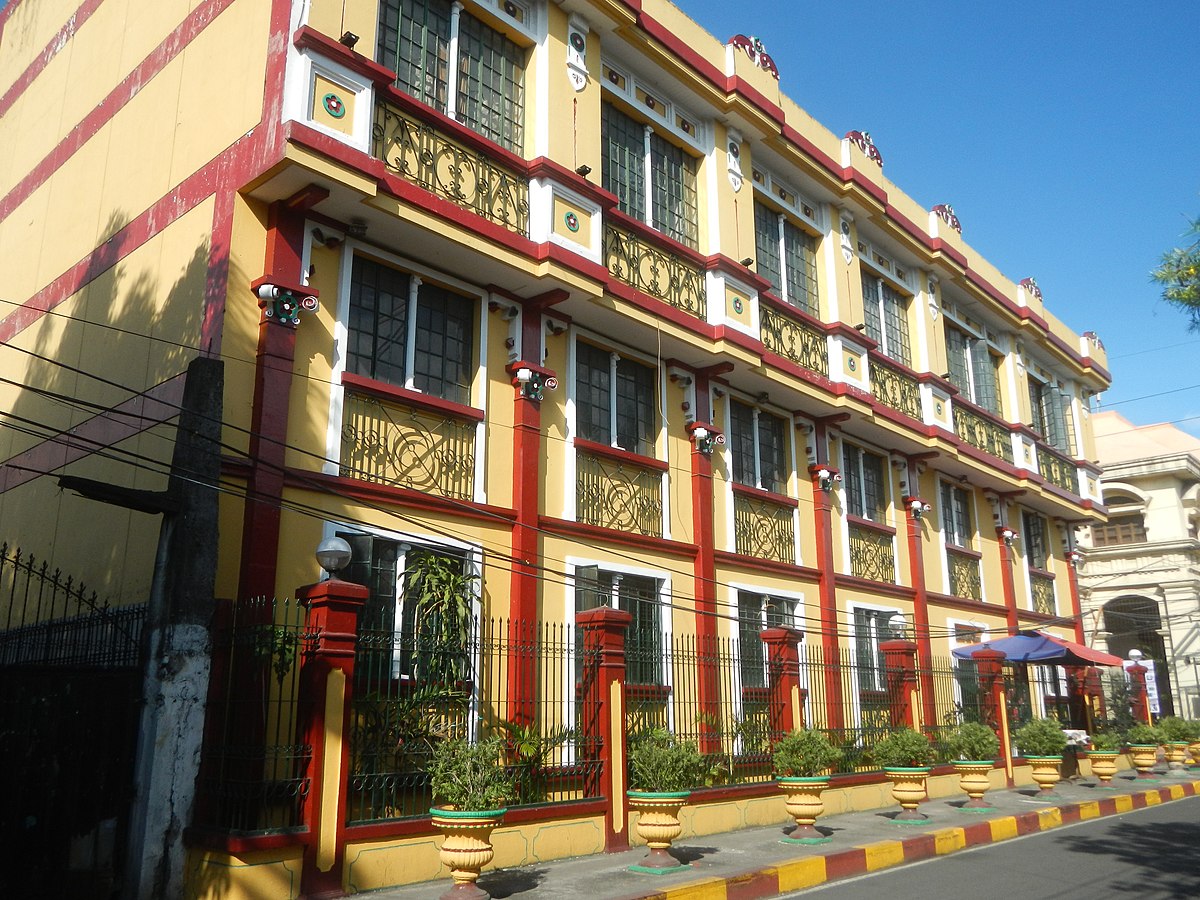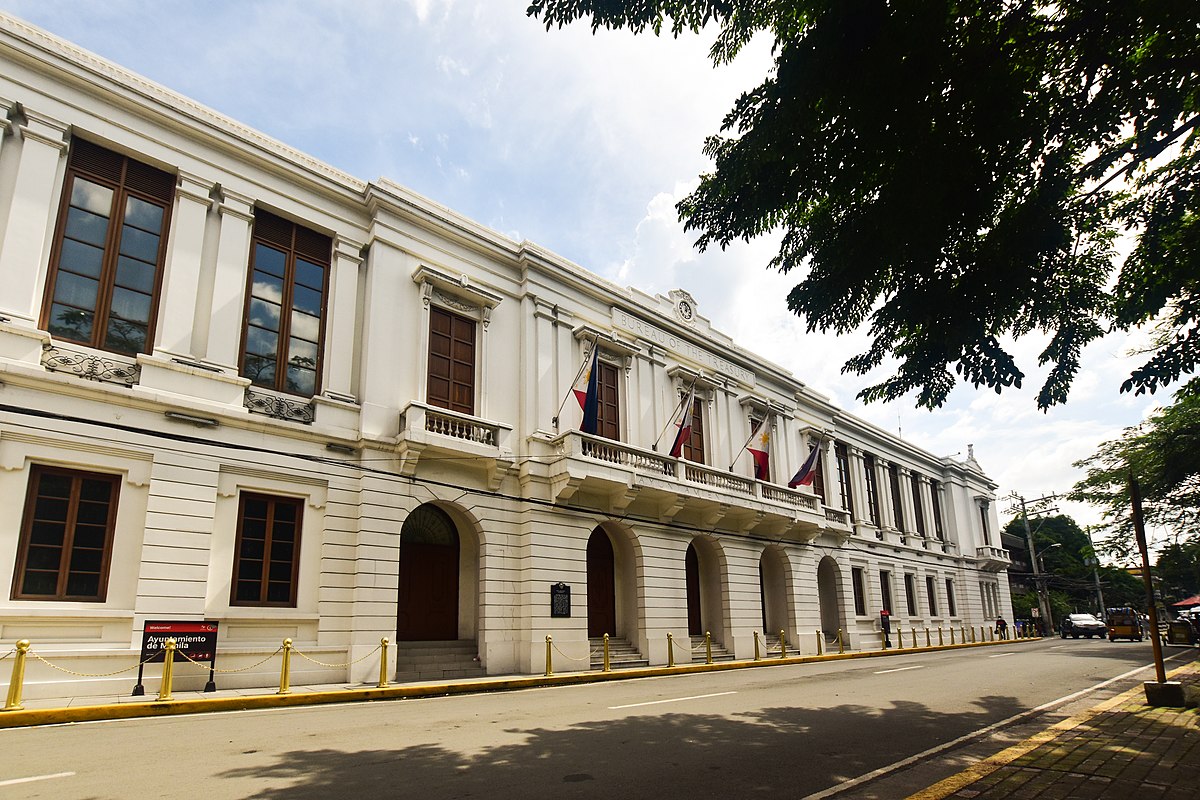Welcome to the City of Manila in Metro Manila, and welcome to Anthro on Foot's walking tour! This is
a self-paced walking tour that features key heritage sites and cultural highlights in the area. We hope you
enjoy this tour
as much as we enjoyed curating it!
The earliest signs of human habitation in the Philippines can be traced back over 600,000 years, as
evidenced by the discovery of a fossilized rhino skeleton. The presence of continuous settlement in
the Manila area became more pronounced around 3,000 BCE.
Austronesian-speaking communities, considered the ancestors of present-day Filipinos, started
establishing themselves in the region, engaging in activities such as fishing, hunting, agriculture,
and trade.
Manila Bay played a pivotal role as a trade and cultural exchange hub, where the Austronesian
people traded with neighboring communities and cultures, fostering a dynamic exchange of goods,
ideas, and technologies. Chinese, Indian, Malay, and Arab traders visited the Philippines,
contributing to the cultural diversity of the region. Archaeological findings suggest the existence
of Chinese artifacts, indicating early trade connections.
Precolonial Philippine societies were structured into barangays, independent communities with
unique political and social systems. Each barangay was led by a datu or local ruler, often part of a
loose confederation, responsible for maintaining order, settling disputes, and leading their people.
Over time, Manila evolved into a walled Muslim settlement, with its ruler imposing customs duties
on commerce passing through the Pasig River.
The arrival of Spanish explorer Miguel López de Legazpi in 1571 marked the onset of European
colonization in Manila. Legazpi founded the city, asserting Spanish control over the Philippines.
Throughout its history, Manila faced threats and occupations by foreign powers, including Chinese
invasion in 1574, Dutch raids in the mid-17th century, and British occupation in 1762 during the
Seven Years’ War.
In the late 19th century, Manila became a focal point for anti-Spanish sentiment, leading to the
execution of Filipino patriot José Rizal in 1896. The Spanish-American War in 1898 resulted in the
defeat of the Spanish fleet at Manila Bay, leading to the city's surrender to U.S. forces.
